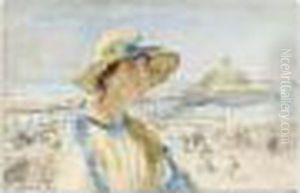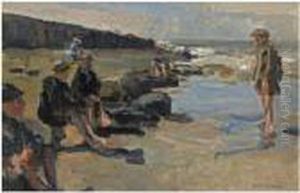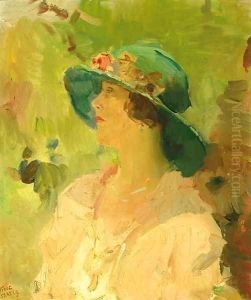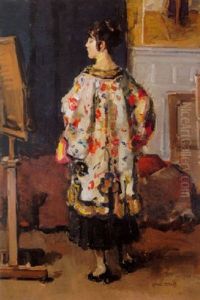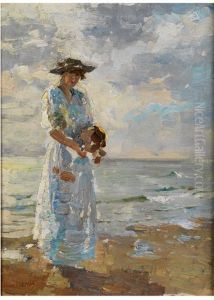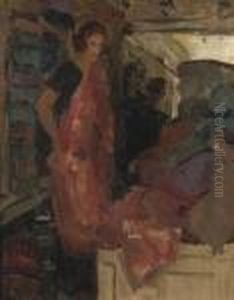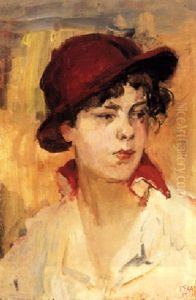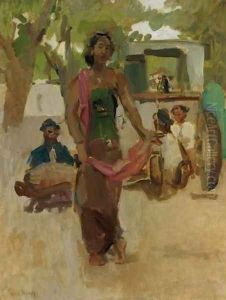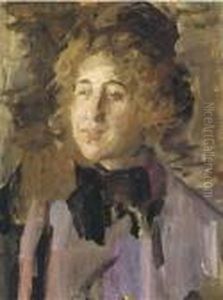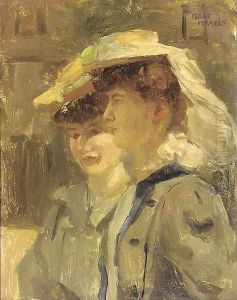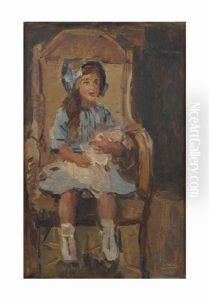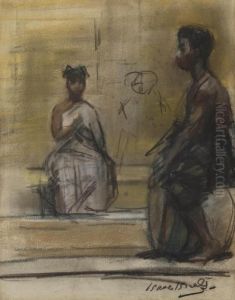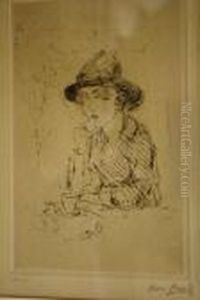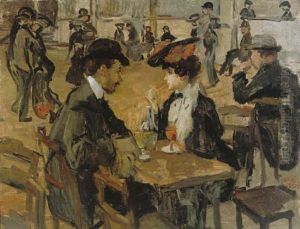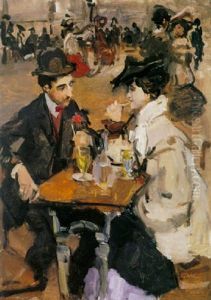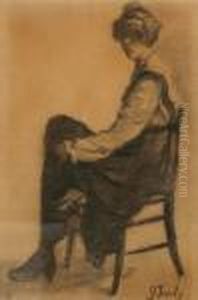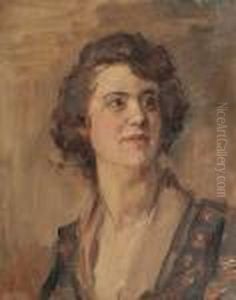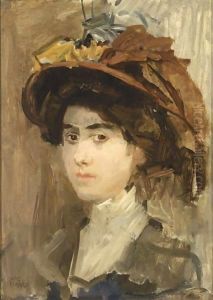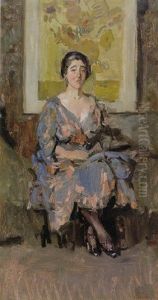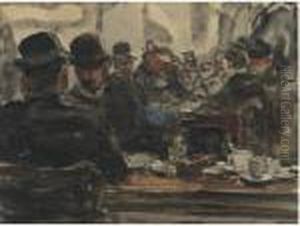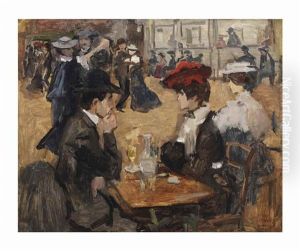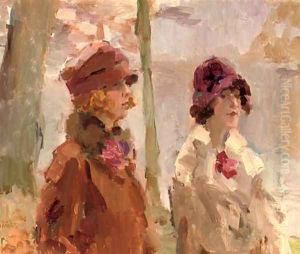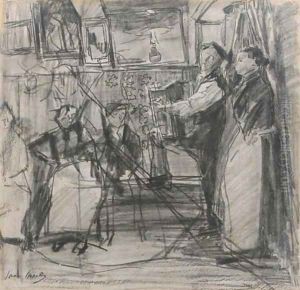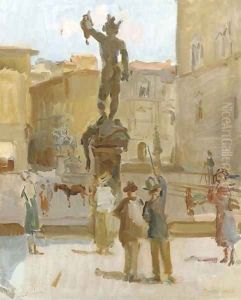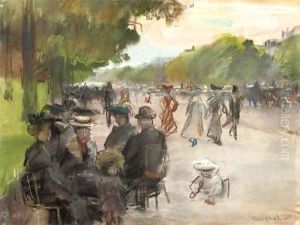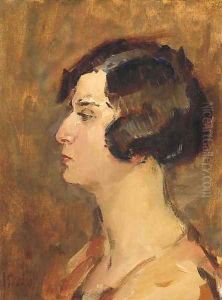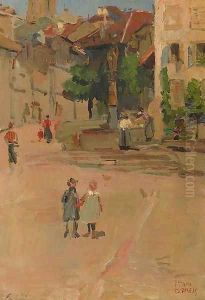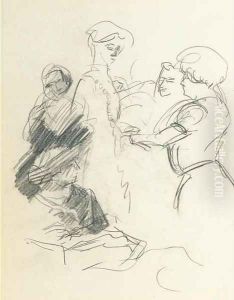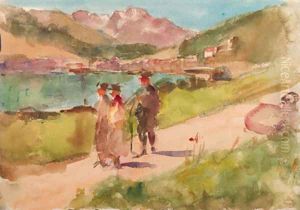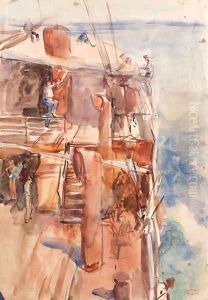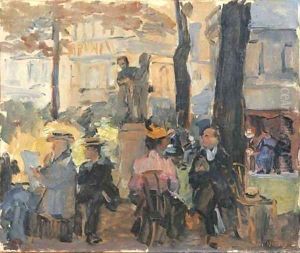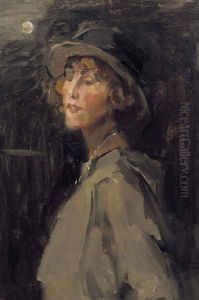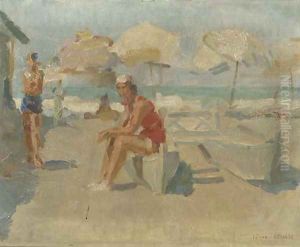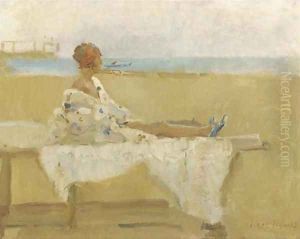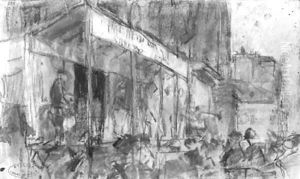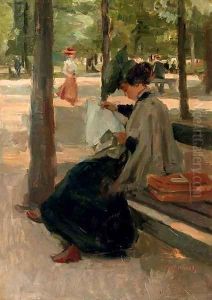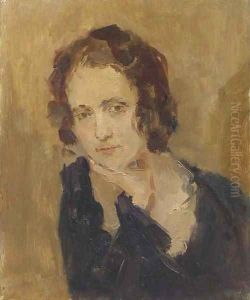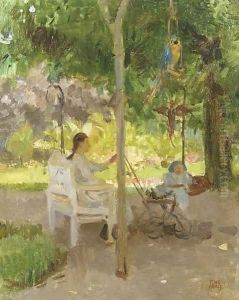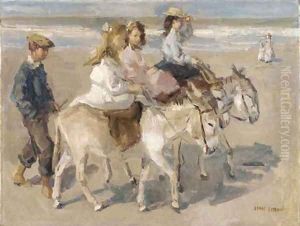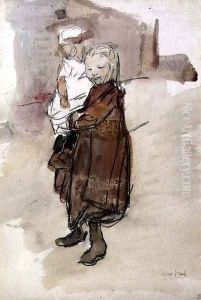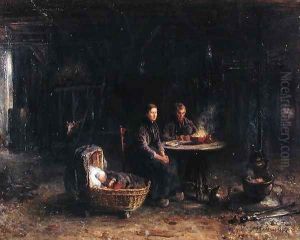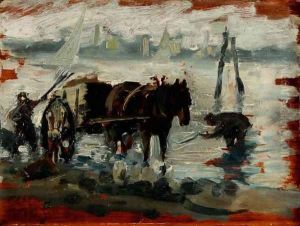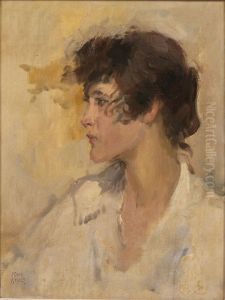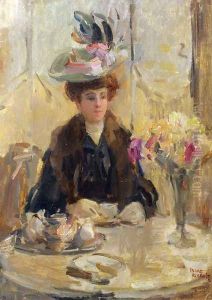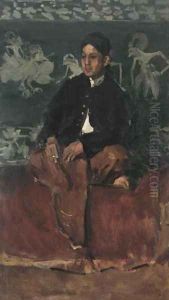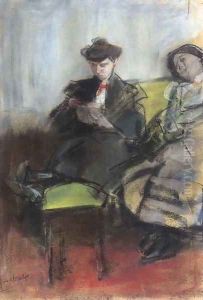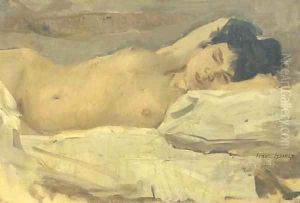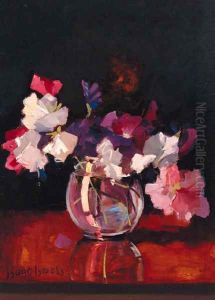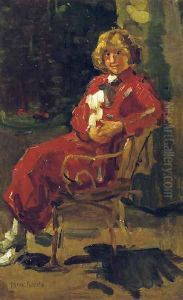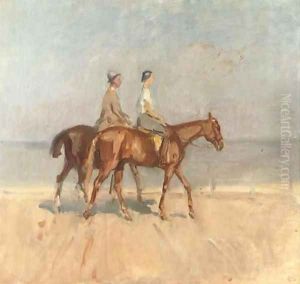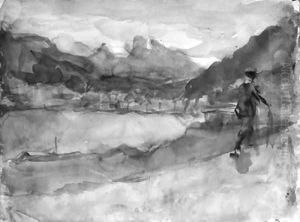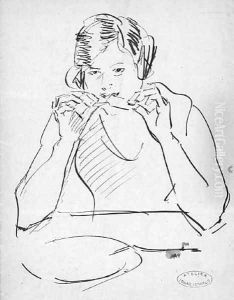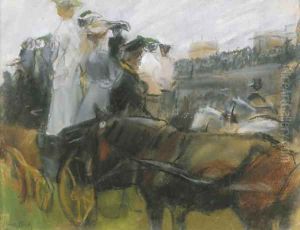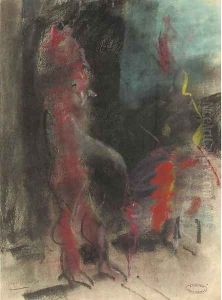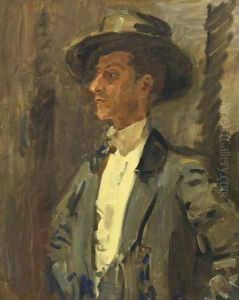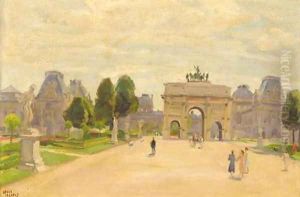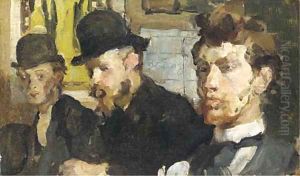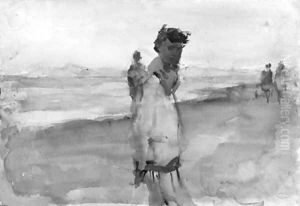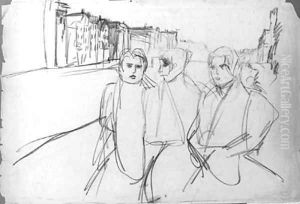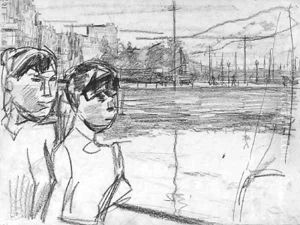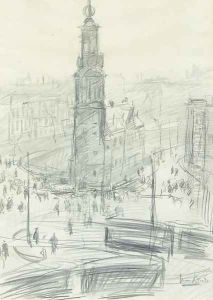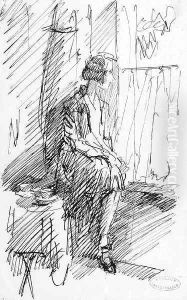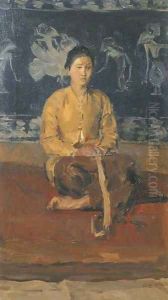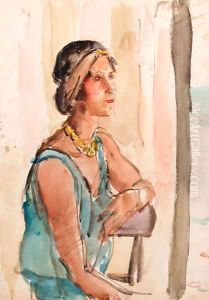Isaac Lazarus Israels Paintings
Isaac Lazarus Israels was a prominent Dutch painter, born on February 3, 1865, in Amsterdam, Netherlands. He was part of the second generation of the Amsterdam Impressionists, and his works are often associated with the Hague School as well. Isaac was the son of Jozef Israels, one of the most respected painters of the 19th century, and from a young age, he was surrounded by art, which profoundly influenced his career path. His father's connections in the art world provided him with a rich environment filled with artistic inspiration and encouragement.
Israels showed an early talent for painting, and his education in art began at the Royal Academy of Art in The Hague, where his family had moved in 1871. This period was crucial for the development of his style, which would later be characterized by its vivid realism and impressionistic sensitivity to light. Unlike the more subdued tones of the Hague School, Israels' work often featured brighter colors and a dynamic brushwork that captured the spontaneity of the moment.
Throughout his career, Israels traveled extensively, living and working in Paris, London, and Berlin, among other cities. His experiences abroad allowed him to absorb influences from various contemporary art movements, which he integrated into his own unique style. He was particularly drawn to the everyday life of cities, and many of his paintings depict scenes from cafes, streets, and beaches, filled with light and movement. His works often portrayed the beauty in ordinary scenes and people, including fashionably dressed women, soldiers, and working-class figures.
Isaac Lazarus Israels' contribution to Dutch Impressionism was significant. He was not only a prolific painter but also involved in the artistic community, influencing and being influenced by his contemporaries. Despite the shadow of his father's fame, Isaac succeeded in forging his own path and is celebrated for his distinctive approach to Impressionism. He continued to paint until his death on October 7, 1934, in The Hague, leaving behind a legacy that remains influential in Dutch art. His works are held in high regard and can be found in major museums in the Netherlands and internationally, testament to his enduring appeal and the universal quality of his artistic vision.

